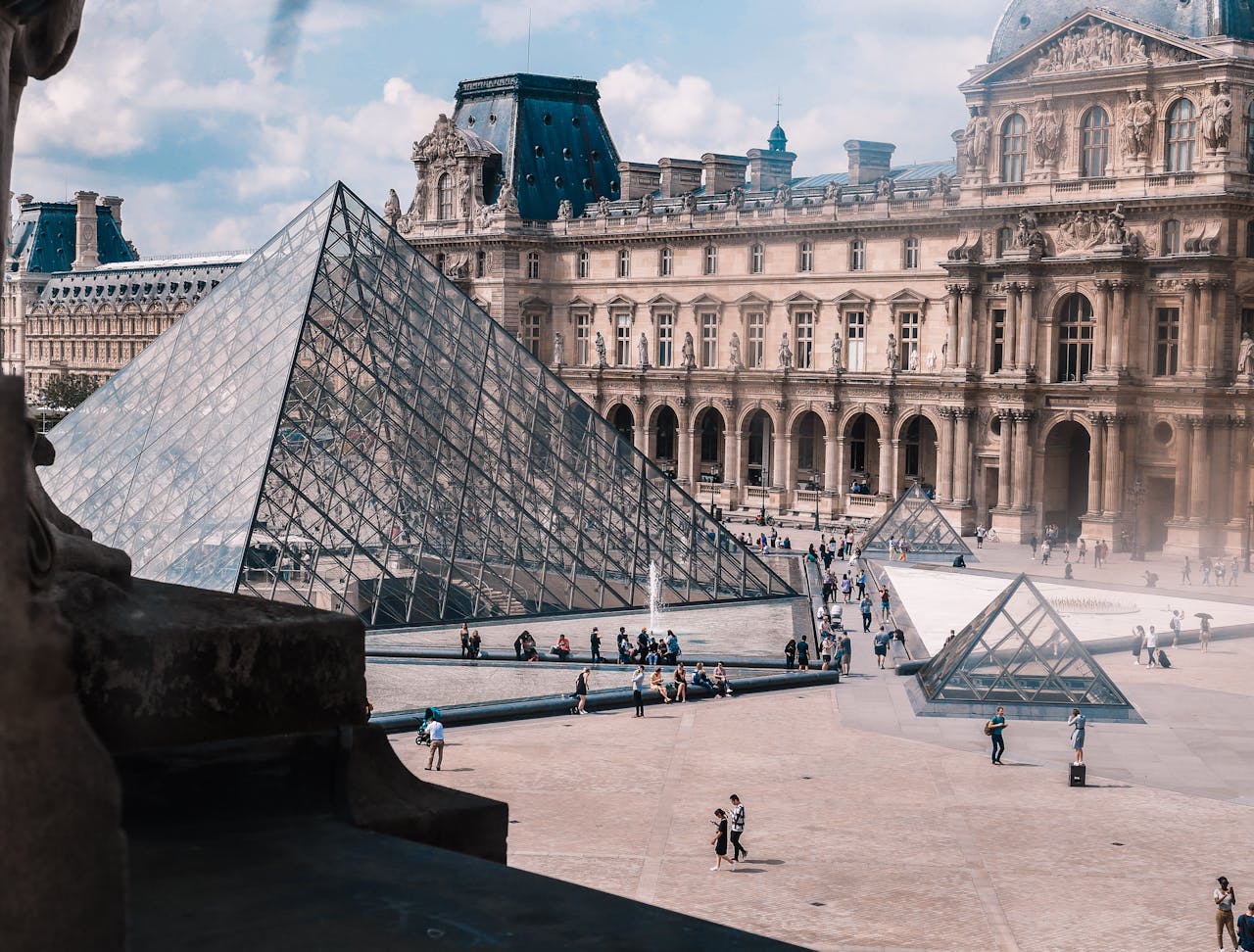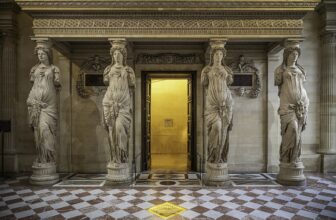
How Does the Louvre Compare to Other World-Famous Museums
The Louvre Museum, standing as a beacon of artistic and cultural grandeur, is one of the most recognized museums in the world. It houses an unparalleled collection of art, from ancient civilizations to masterpieces of the Renaissance and beyond. However, the Louvre is not the only museum of its kind. There are several other globally renowned museums, each with its unique charm, specialization, and historical significance. In this article, we compare the Louvre with other world-famous museums, such as the British Museum, the Metropolitan Museum of Art, the Vatican Museums, and the Hermitage Museum, among others, to examine their collections, architectural splendor, and cultural impact.
The Louvre: A Symbol of Artistic Majesty
Located in Paris, France, the Louvre Museum is the largest and most visited museum in the world. Its origins trace back to the late 12th century as a medieval fortress before being transformed into a royal palace. It officially became a public museum in 1793, following the French Revolution. Today, it boasts over 35,000 artworks and attracts millions of visitors annually.
The Louvre is home to some of the most iconic masterpieces in art history, including Leonardo da Vinci’s Mona Lisa, the Venus de Milo, and The Winged Victory of Samothrace. Its collection spans various civilizations and artistic periods, from Egyptian antiquities to Islamic art, European paintings, and sculptures. The museum’s glass pyramid entrance, designed by architect I. M. Pei, has become an emblem of modern elegance juxtaposed with historical grandeur.
The British Museum: A Repository of Global History
In contrast to the Louvre’s focus on fine arts, the British Museum in London is renowned for its extensive collection of artifacts representing human history and civilization. Established in 1753, the museum houses around eight million objects, making it one of the most comprehensive institutions for historical artifacts in the world.
The British Museum’s highlights include the Rosetta Stone, the Elgin Marbles from the Parthenon, and Egyptian mummies. Unlike the Louvre, which is celebrated for its paintings and sculptures, the British Museum focuses on archaeology and anthropology. This difference in specialization makes both museums essential but distinct destinations for cultural enthusiasts.
The Metropolitan Museum of Art: America’s Cultural Powerhouse
Situated in New York City, the Metropolitan Museum of Art, or the Met, rivals the Louvre in terms of prestige and diversity. Established in 1870, the Met houses over two million artworks spanning 5,000 years of history. It features European paintings, Islamic art, ancient armor, and an impressive collection of American art.
What sets the Met apart is its emphasis on diverse cultural narratives. While the Louvre predominantly showcases European and Mediterranean works, the Met highlights global art movements, including Asian, African, and indigenous American art. Its annual Met Gala also brings contemporary fashion and celebrity culture into the spotlight, adding a modern dimension to its historic appeal.
The Vatican Museums: A Treasure Trove of Religious Art
The Vatican Museums, located within Vatican City, house one of the most impressive collections of religious and Renaissance art. Founded by Pope Julius II in the early 16th century, the museum complex consists of multiple galleries, courtyards, and chapels, the most famous being the Sistine Chapel, adorned with Michelangelo’s breathtaking frescoes.
Unlike the Louvre, which is a secular institution, the Vatican Museums primarily preserve Christian art and religious artifacts. Visitors can marvel at Raphael’s School of Athens, ancient maps, tapestries, and sculptures reflecting the history of the Catholic Church. The Vatican Museums may not match the Louvre’s vastness, but their spiritual and artistic significance is unparalleled.
The Hermitage Museum: Russia’s Artistic Gem
The State Hermitage Museum in St. Petersburg, Russia, is another institution that rivals the Louvre in size and grandeur. Founded by Catherine the Great in 1764, the Hermitage boasts over three million items, including paintings, sculptures, and decorative arts from various historical periods.
One of the Hermitage’s greatest strengths is its extensive collection of European masters, including Rembrandt, Rubens, Van Gogh, and da Vinci. Its opulent Winter Palace, once the residence of Russian tsars, adds to its allure, making it both a historical and artistic marvel.
Comparative Analysis: The Louvre vs. Other Museums
- Size and Collection:
- The Louvre is the largest museum in terms of exhibition space and art pieces on display.
- The British Museum has a more extensive archaeological and historical collection.
- The Met offers a broader global representation of art.
- The Vatican Museums specialize in religious and Renaissance art.
- The Hermitage is comparable in size but leans toward European art and Russian imperial heritage.
- Visitor Experience:
- The Louvre’s layout can be overwhelming due to its vastness, but it remains the pinnacle of fine arts appreciation.
- The British Museum provides a chronological journey through human civilization.
- The Met’s diverse collection allows visitors to explore art across continents and cultures.
- The Vatican Museums require structured tours, often leading to crowding, but their spiritual ambiance is unmatched.
- The Hermitage offers an opulent, palace-like experience infused with Russian history.
- Cultural Influence:
- The Louvre is the world’s most recognized museum, synonymous with high art and cultural heritage.
- The British Museum is a hub for historical and archaeological research.
- The Met influences global art and fashion through events like the Met Gala.
- The Vatican Museums preserve Christian art and theology.
- The Hermitage showcases Russia’s imperial and artistic legacy.
Conclusion: Is the Louvre the Best Museum?
Determining whether the Louvre is the best museum depends on the criteria used for evaluation. If measured by visitor numbers, artistic masterpieces, and historical significance, the Louvre remains unmatched. However, other museums offer unique experiences that cater to different interests.
For those captivated by ancient history, the British Museum is an unmissable destination. Art lovers seeking a diverse range of global masterpieces will find the Met a compelling alternative. If religious art and historical reverence are priorities, the Vatican Museums are a must-visit. Meanwhile, the Hermitage delivers a regal and immersive journey through European and Russian artistic traditions.
Ultimately, the Louvre holds a distinct place in the world of museums, not only for its extensive and prestigious collection but also for its iconic status as a cultural institution. However, each of these museums contributes uniquely to the preservation and celebration of human creativity, making them equally valuable in their own right. image/pexel




